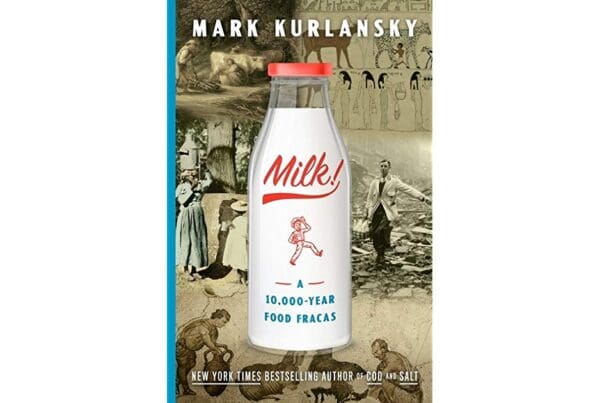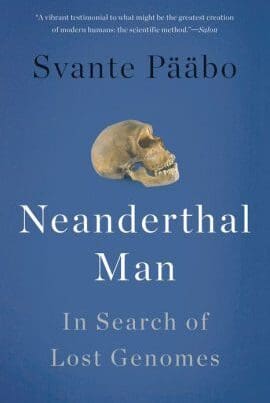The quest for youth and beauty and how to achieve them continues to be an American obsession. But in the late 18th and early 19th centuries, early plastic surgeons like Dr. Thomas Dent Mütter, performed procedures to ease the sufferings of “monsters”— people disfigured by accidents, tragedy or birth defect.
Mütter, who has a museum of medical curiosities named after him in his adopted hometown of Philadelphia, came by his collection honestly. He collected all sorts of specimens for the classes he taught at Jefferson Medical College where he was among the first staff of professors.
Dr. Mütter was a curiosity himself. Throughout his career, he fought against the beliefs of the times, when disease and infection were not well understood, and doctors didn’t yet grasp the importance of a sterile environment. Not only did he bring the practice of plastic surgery to the United States, he also introduced and championed the use of clean surgical areas, disinfected instruments and the use of recovery rooms for surgical patients. During his career, he was introduced to the wonders of ether anesthesia and instinctively understood how this “drug of forgetting” offered a pain-free surgical experience for his patients—a medical advance not to be underestimated in this horrifying, noisy and colorful time when patients routinely underwent surgery while awake, with liquor as their only anesthesia.
Perhaps Mütter’s most recognized contribution was the development of the Mütter Flap, a daring surgery undertaken on tragically burned patients, many of them women whose dresses caught fire while cooking on open flames. First performed on patients who were wide awake, the surgery introduced the practice of using a patient’s own attached skin to repair another area via plastic surgery.
“Dr. Mütter’s Marvels” is a fascinating read about one of the pioneers of the modern surgical era. The book is chock-full of Mütter’s colorful quotes and interesting illustrations of patients, including this “before and after” drawing of one of his first Mütter Flap patients. And when you’ve finished reading, book yourself a trip to Philadelphia to take in Mutter’s odd collection.


